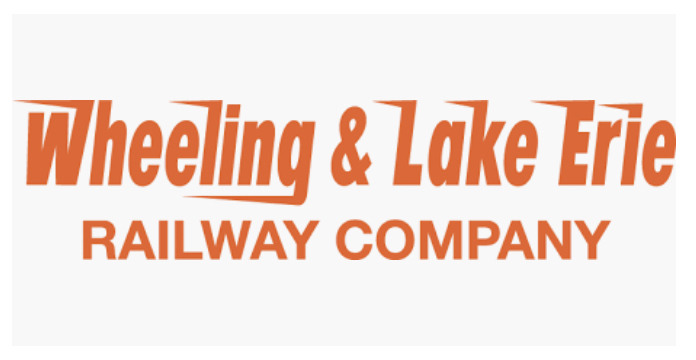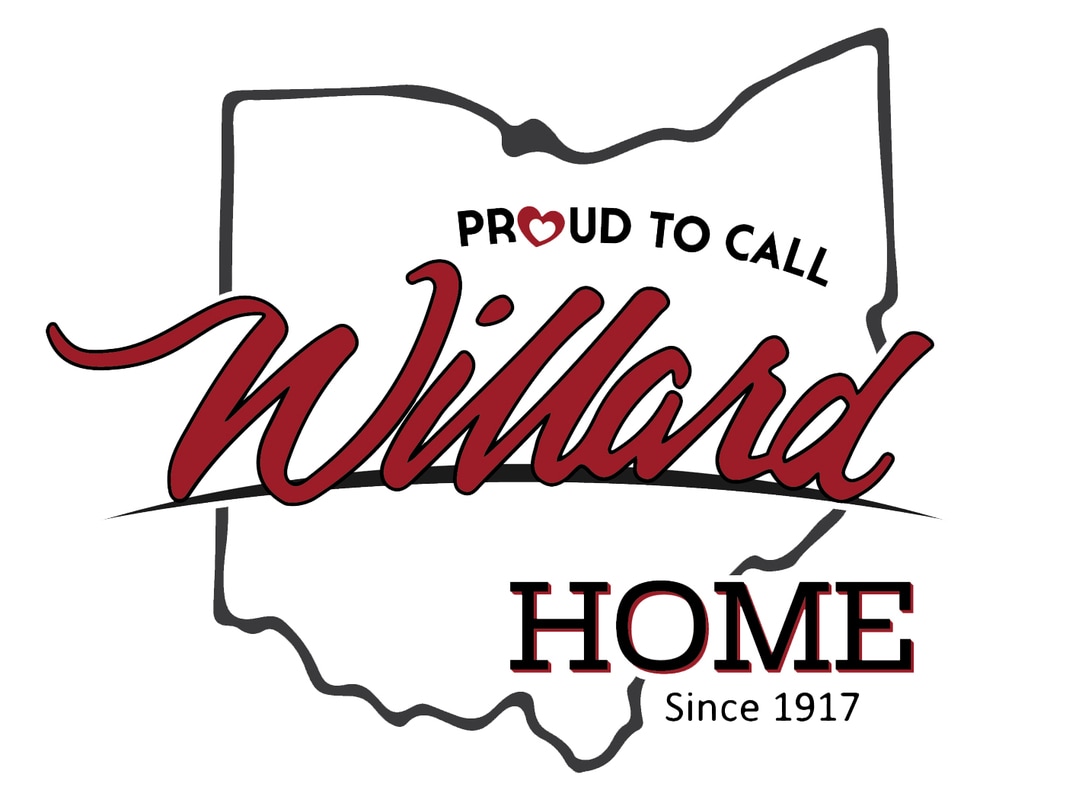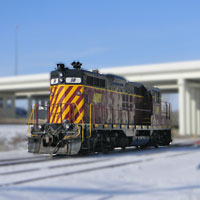 |
Ashland Railway West End Line |
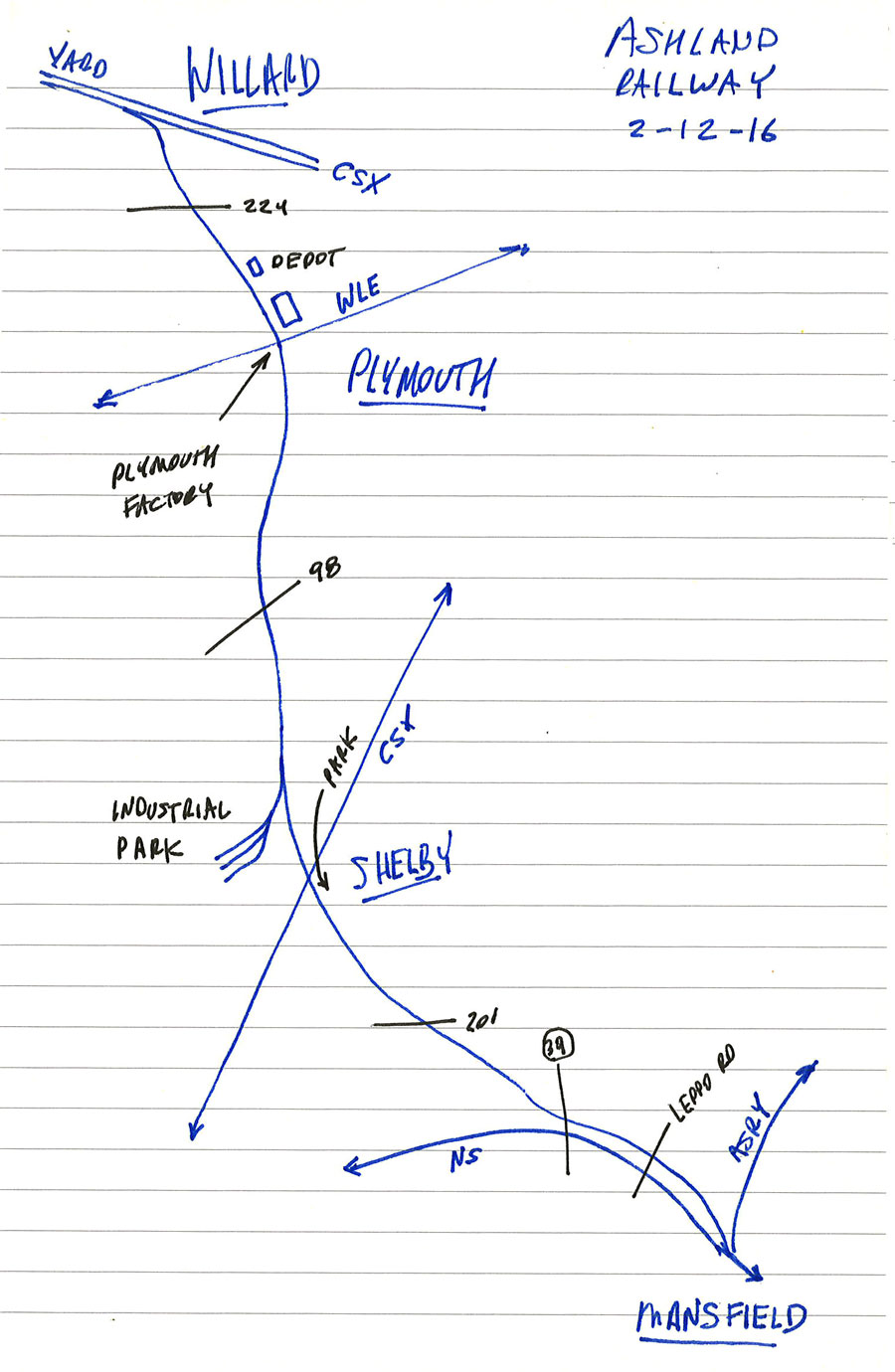
west end map / 2016 / RWH
 he western end of the Ashland Railway is the Willard to Mansfield section that runs north by northwest. This line was operated by the Baltimore & Ohio Railroad as a portion of a longer mainline between the docks on Lake Erie and south-central region of Ohio, including the city of Mt. Vernon. Freight traffic on this segment had declined drastically by the 1980s, so it was later reduced to its current length as a branchline between Willard and Mansfield. By 1990, subsequent owner CSX Transportation sold the line to the Ashland Railway. The west end line parallels the Norfolk Southern mainline into Mansfield, and interchange is made with NS in town. Interchange is also maintained with the Wheeling & Lake Erie in the village of Plymouth, and with CSX at the east end of their Willard classification yard. Ashland services a railport facility just north of Mansfield the Central Ohio Warehouse facility just north of Shelby.
he western end of the Ashland Railway is the Willard to Mansfield section that runs north by northwest. This line was operated by the Baltimore & Ohio Railroad as a portion of a longer mainline between the docks on Lake Erie and south-central region of Ohio, including the city of Mt. Vernon. Freight traffic on this segment had declined drastically by the 1980s, so it was later reduced to its current length as a branchline between Willard and Mansfield. By 1990, subsequent owner CSX Transportation sold the line to the Ashland Railway. The west end line parallels the Norfolk Southern mainline into Mansfield, and interchange is made with NS in town. Interchange is also maintained with the Wheeling & Lake Erie in the village of Plymouth, and with CSX at the east end of their Willard classification yard. Ashland services a railport facility just north of Mansfield the Central Ohio Warehouse facility just north of Shelby.
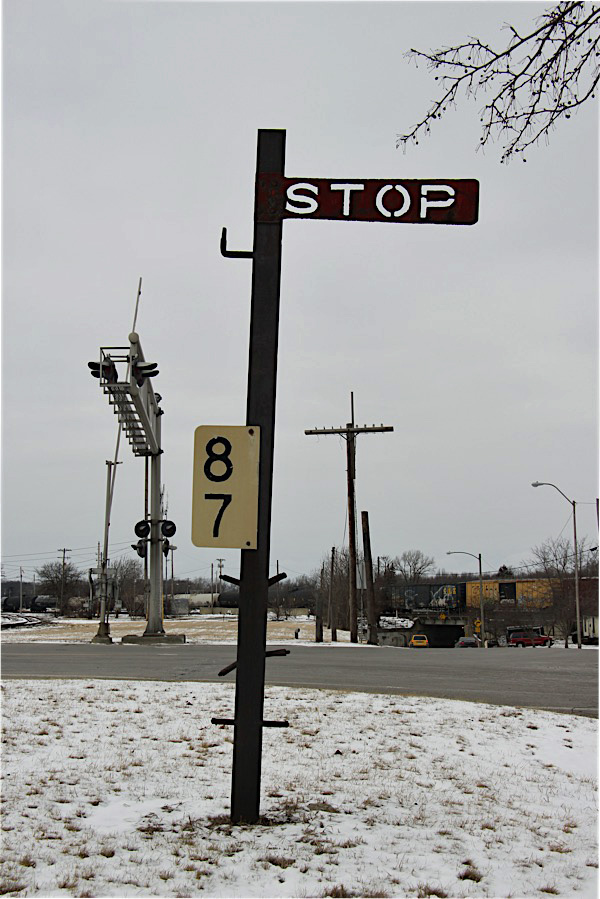
RWH
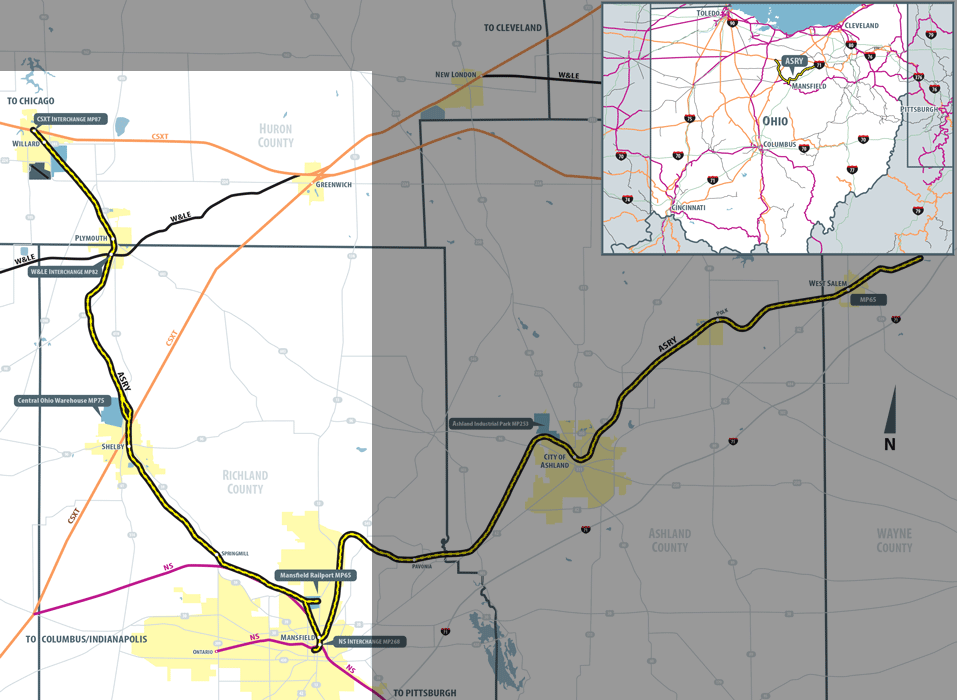
ASRY route map / web
 Mansfield
Mansfield
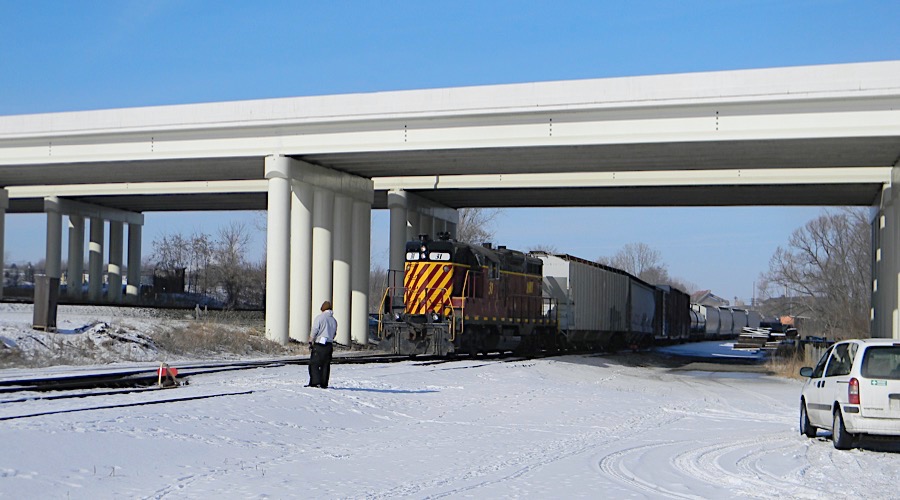
south end of yard / Mansfield, Oh / Dec 2010 / RWH

Click to see the yard area plotted on a Google Maps page
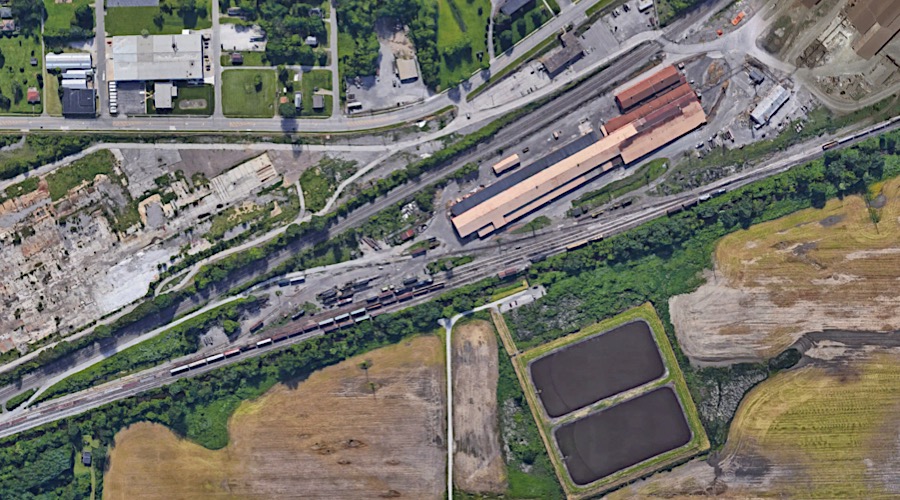
yard and office area / Google Maps
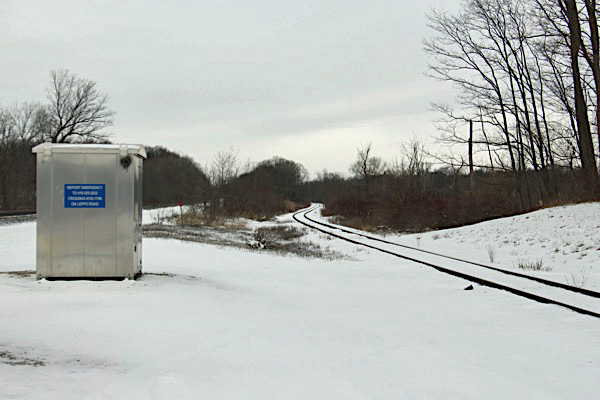
Leppo Road crossing / Mansfield, Oh / Feb 2016 / RWH
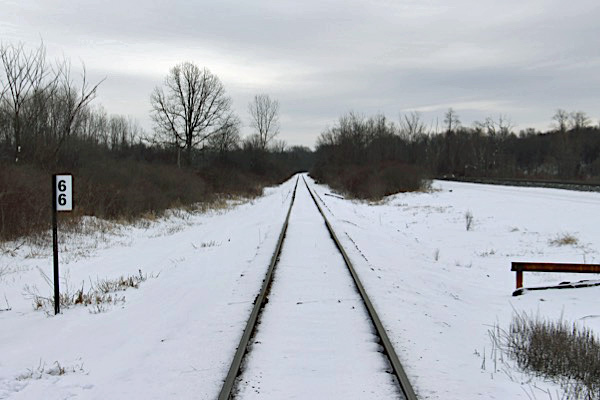
Mansfield, Oh / Feb 2016 / RWH
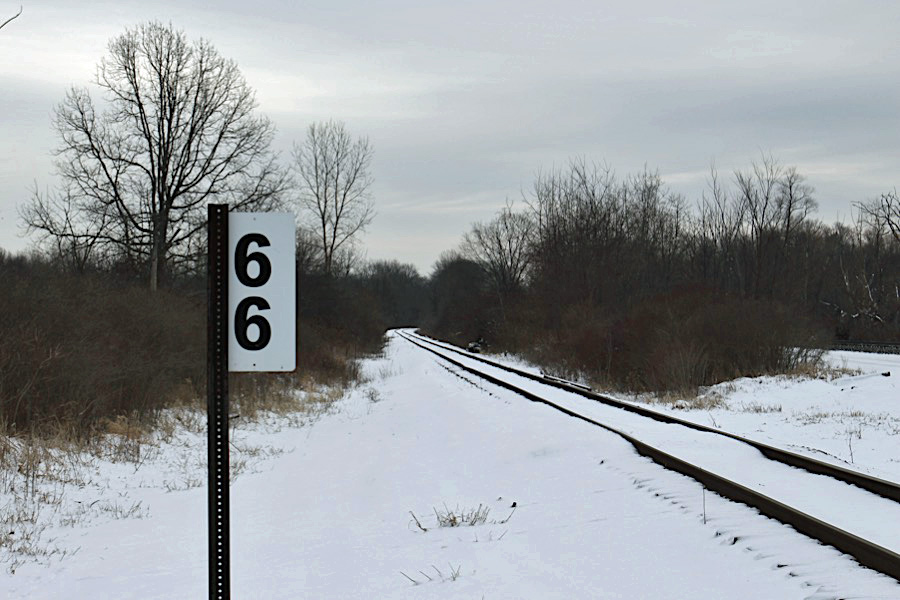
Mansfield, Oh / Feb 2016 / RWH
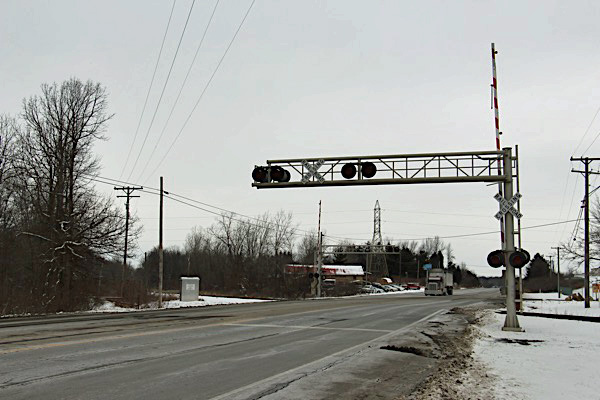
State Route 39 crossing / Mansfield, Oh / Feb 2016 / RWH
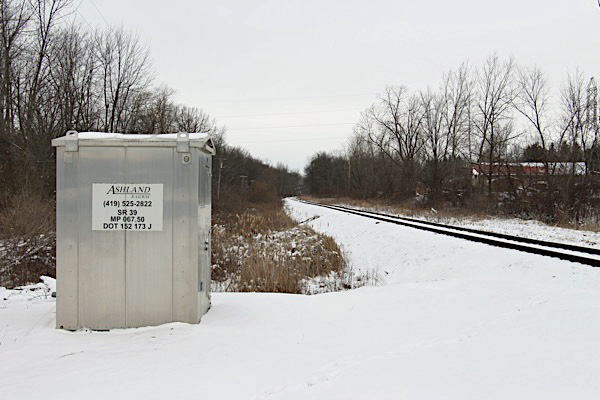
Mansfield, Oh / Feb 2016 / RWH
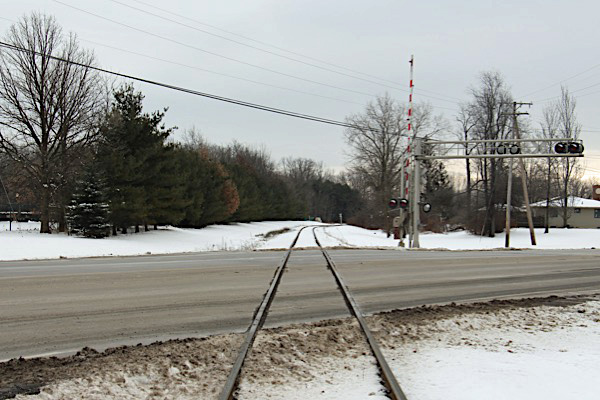
Mansfield, Oh / Feb 2016 / RWH
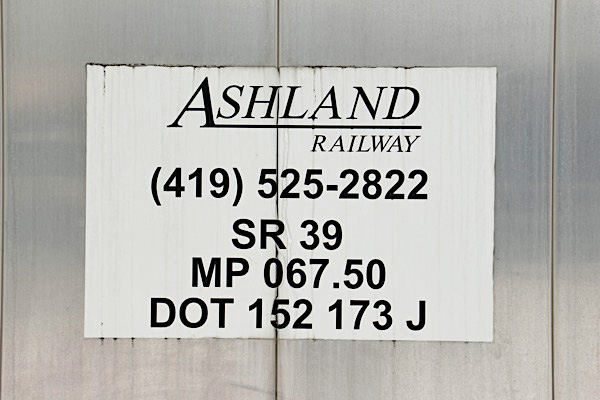
RWH

Click to see this location plotted on a Google Maps page
 Shelby
Shelby

The City of Shelby is located along the scenic Black Fork River in Richland County in North Central Ohio. From the heart of Shelby, State Routes 61, 96, and 39 provide easy access to such thoroughfares such as US 30, Interstate 71, and the Ohio Turnpike (US 80/Interstate 90). Shelby is accessible by vehicle from Cleveland, Columbus, Akron, and Canton within 90 minutes; Toledo within 2 hours; and Cincinnati, Detroit, Pittsburgh, and Parkersburg, WV, in 3 hours. CSX and Ashland Railway (a shortline service) each have lines through Shelby. Ashland Railway operates 56 miles of track with a base operation in Mansfield, Ohio, and interchanges with CSX, Norfolk Southern and Wheeling & Lake Erie Railways.
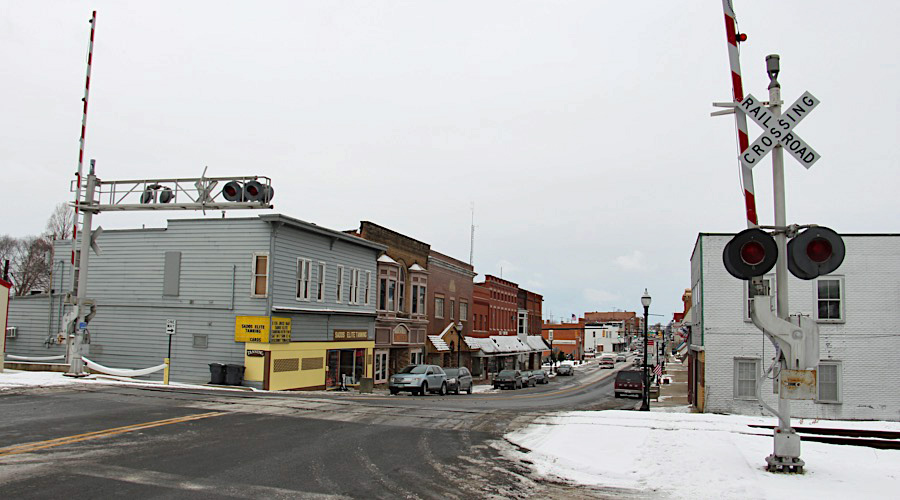
downtown crossing / Shelby, Oh / Feb 2016 / RWH

Click to see the downtown area plotted on a Google Maps page
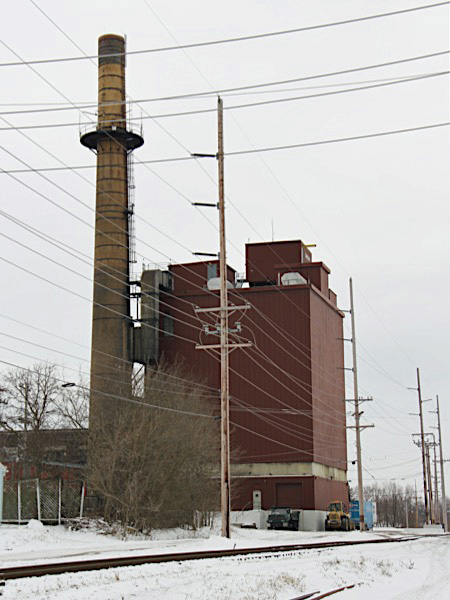
Feb 2016 / RWH
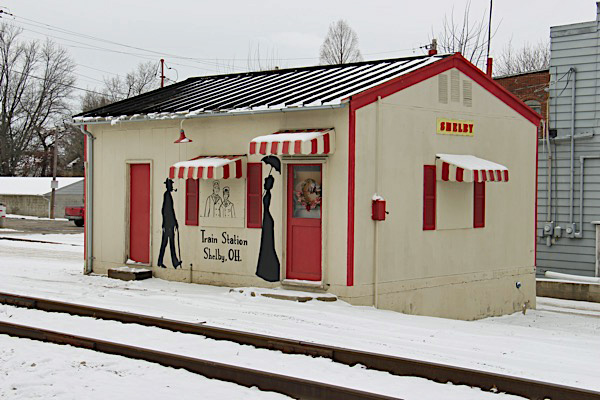
Shelby, Oh / Feb 2016 / RWH
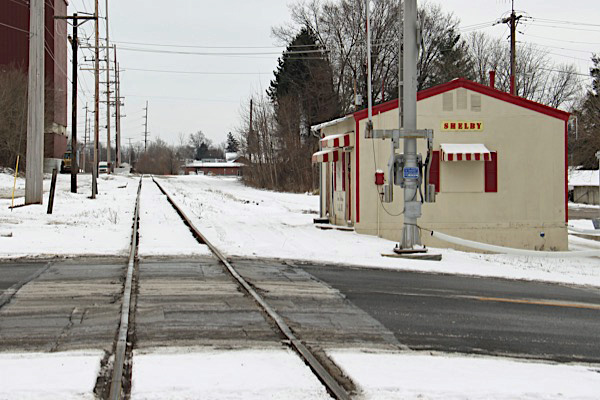
Shelby, Oh / Feb 2016 / RWH
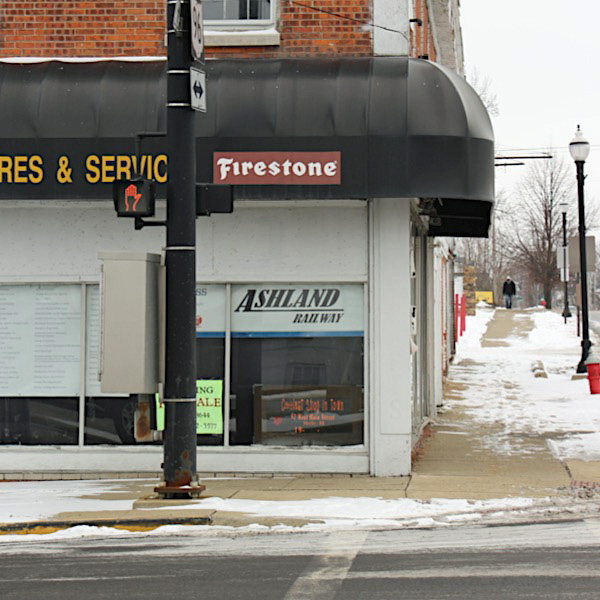
Shelby, Oh / Feb 2016 / RWH
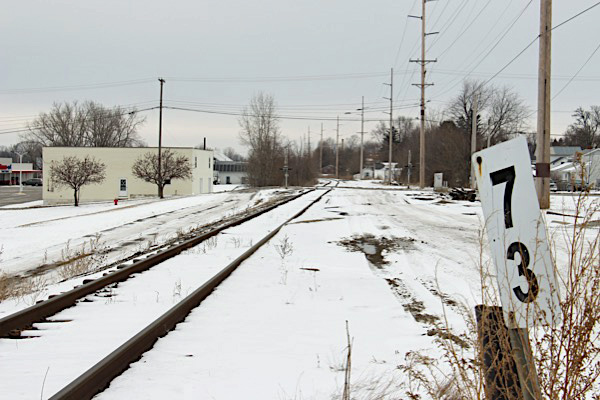
Shelby, Oh / Feb 2016 / RWH
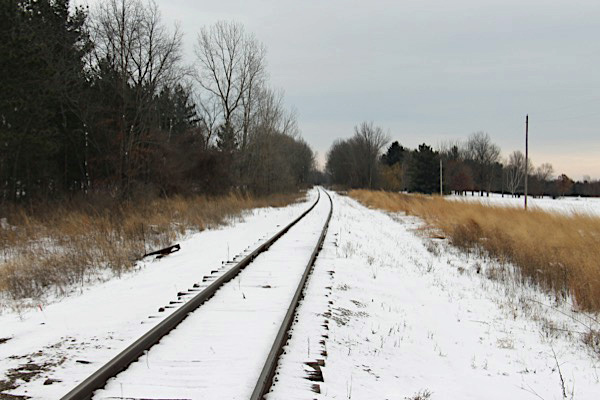
Shelby, Oh / Feb 2016 / RWH
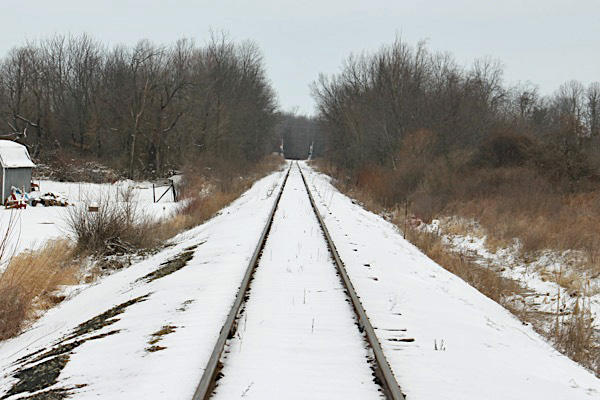
Shelby, Oh / Feb 2016 / RWH
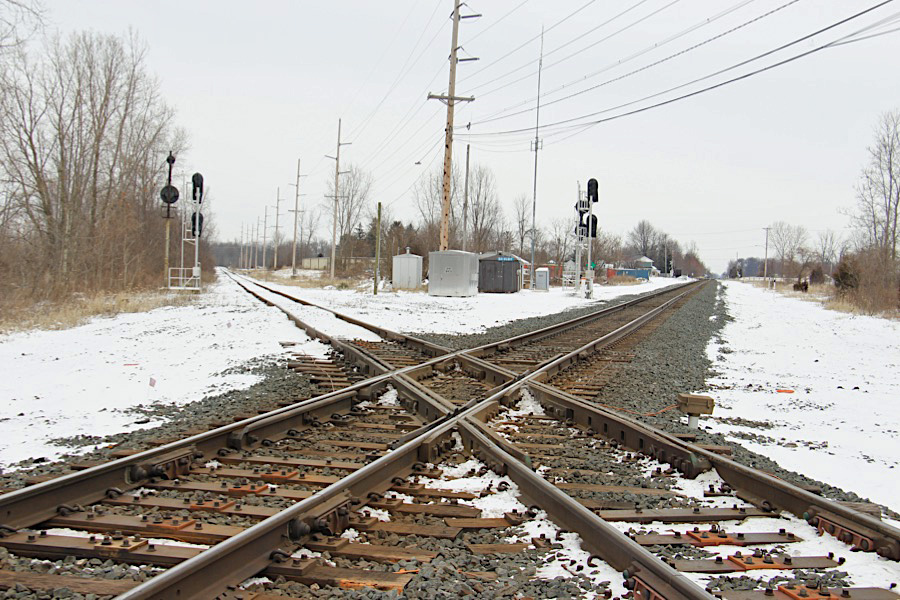
CSX crossing / Shelby, Oh / Feb 2016 / RWH

Click to see the diamond plotted on a Google Maps page
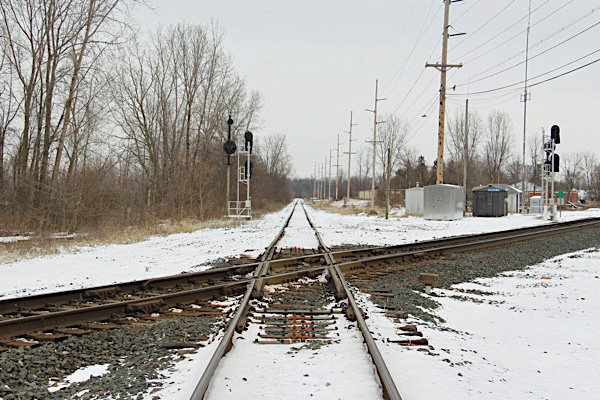
ASRY northbound / Shelby, Oh / Feb 2016 / RWH
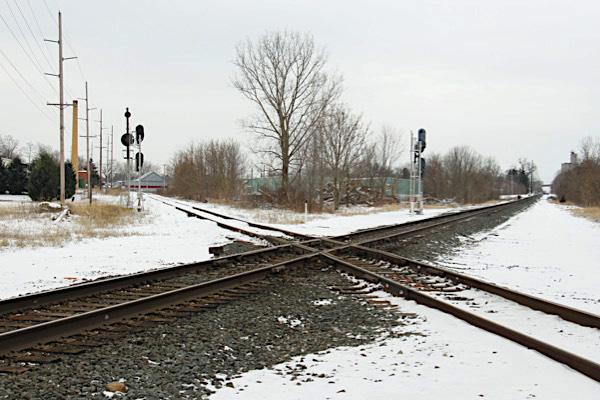
CSX main / Shelby, Oh / Feb 2016 / RWH
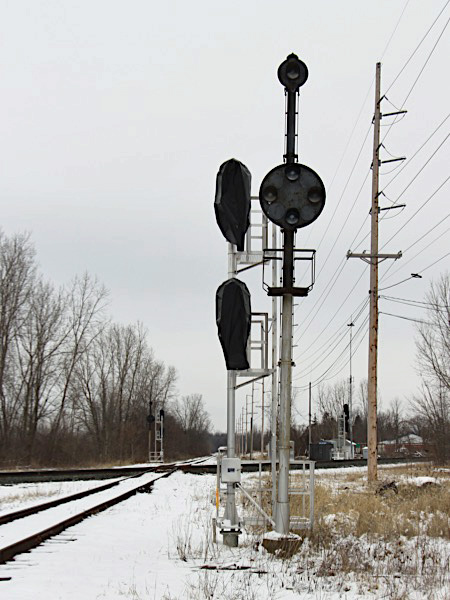
Feb 2016 / RWH
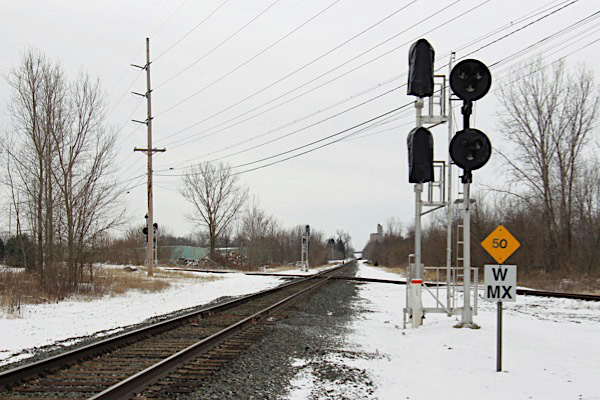
Shelby, Oh / Feb 2016 / RWH
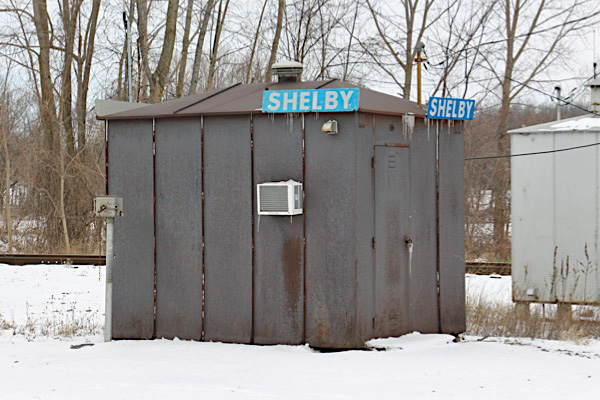
Shelby, Oh / Feb 2016 / RWH
 Central Ohio Warehouse Co.
Central Ohio Warehouse Co.

 Central Ohio Warehouse Co. is conveniently located in the Central Ohio Industrial Park in Shelby, Ohio, approximately midway between Cleveland and Columbus. The Industrial Park is located within 3 miles of four lane SR39 and close to several other major highways, including Interstate 71 and the Ohio Turnpike.
Central Ohio Warehouse Co. is conveniently located in the Central Ohio Industrial Park in Shelby, Ohio, approximately midway between Cleveland and Columbus. The Industrial Park is located within 3 miles of four lane SR39 and close to several other major highways, including Interstate 71 and the Ohio Turnpike.
- 2.5 Million Square Feet Dry Warehouse Space
- 15 Buildings Under Roof
- 238 Acres
- Sprinklers - 100% Dry Systems
- 228 Truck Docks (Additional Docks Built To Suit Upon Request)
- Rail Docks Available At All Locations
- Ashland Railway - interchange to NS/CSX
- 500+ Tractor Trailer Parking Spaces
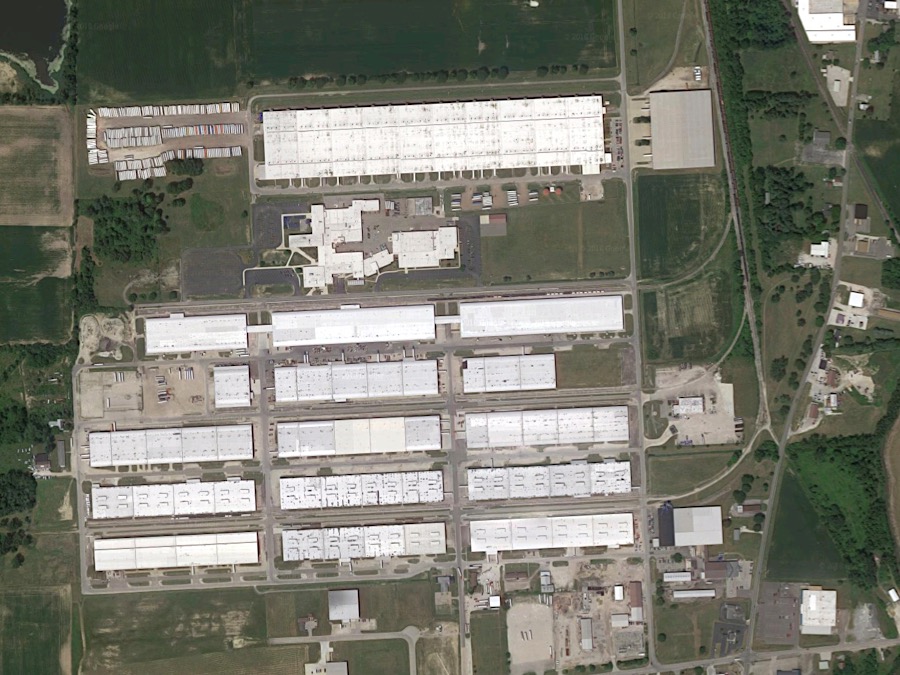
Google Maps

warehouse lead / Shelby, Oh / Feb 2016 / RWH

Click to see the industrial park plotted on a Google Maps page

Shelby, Oh / Feb 2016 / RWH
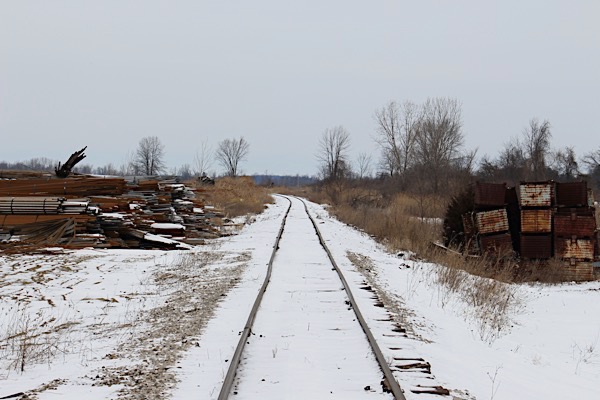
northbound / Shelby, Oh / Feb 2016 / RWH
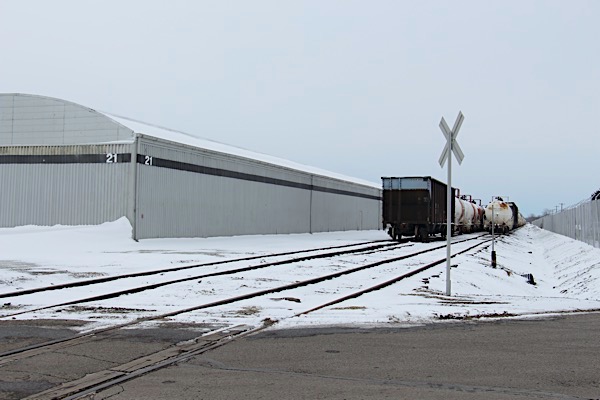
Shelby, Oh / Feb 2016 / RWH

Shelby, Oh / Feb 2016 / RWH
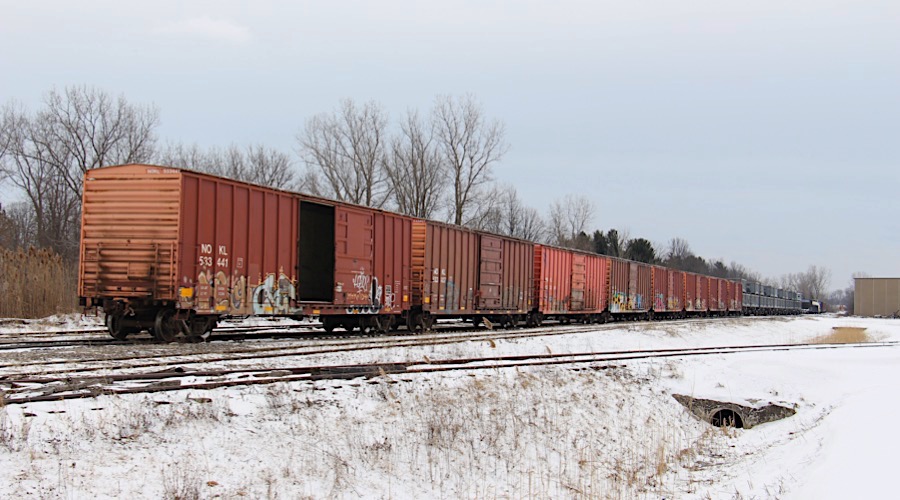
Shelby, Oh / Feb 2016 / RWH
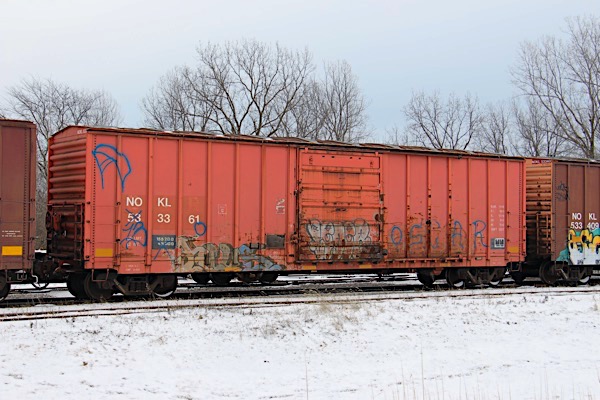
Northwestern Oklahoma #533361
Shelby, Oh / Feb 2016 / RWH
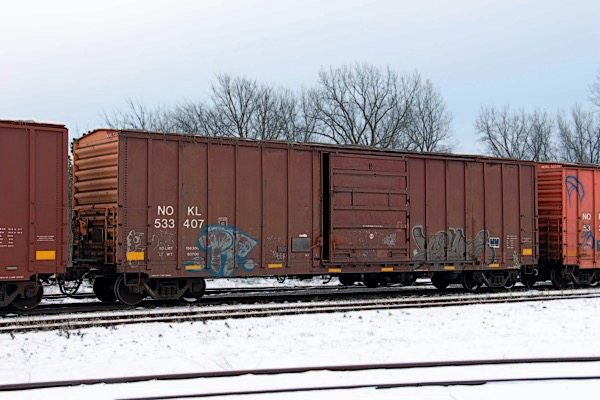
Northwestern Oklahoma #533407
Shelby, Oh / Feb 2016 / RWH
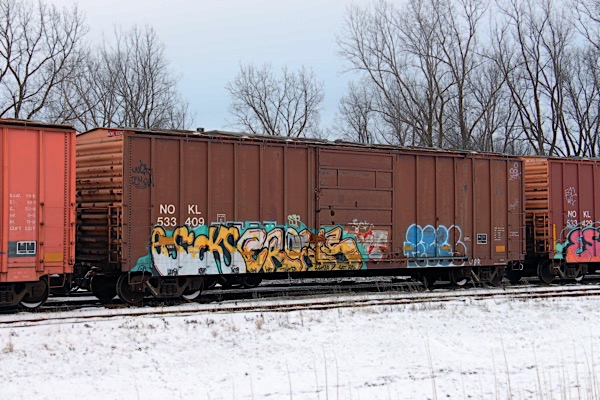
Northwestern Oklahoma #533409
Shelby, Oh / Feb 2016 / RWH
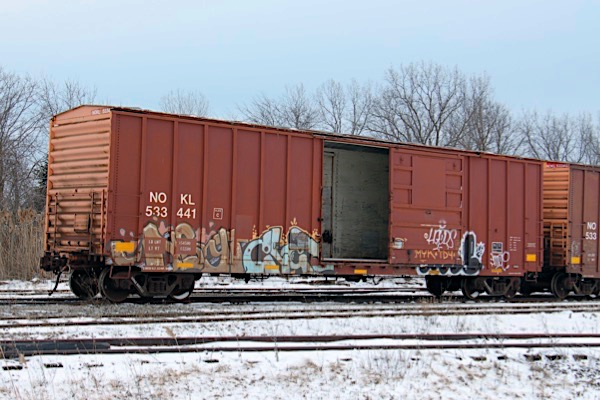
Northwestern Oklahoma #533441
Shelby, Oh / Feb 2016 / RWH
 Plymouth
Plymouth
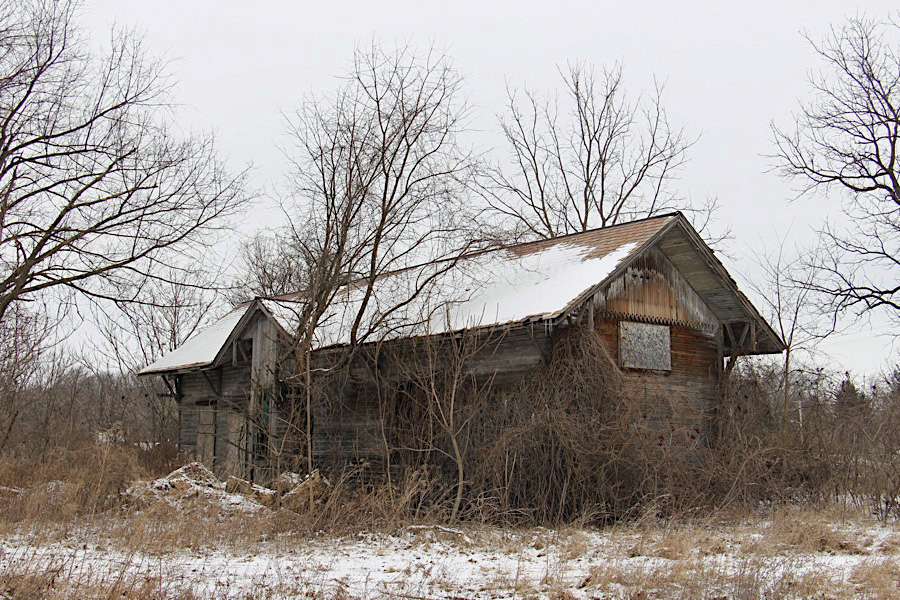
Plymouth, Oh / Feb 2016 / RWH
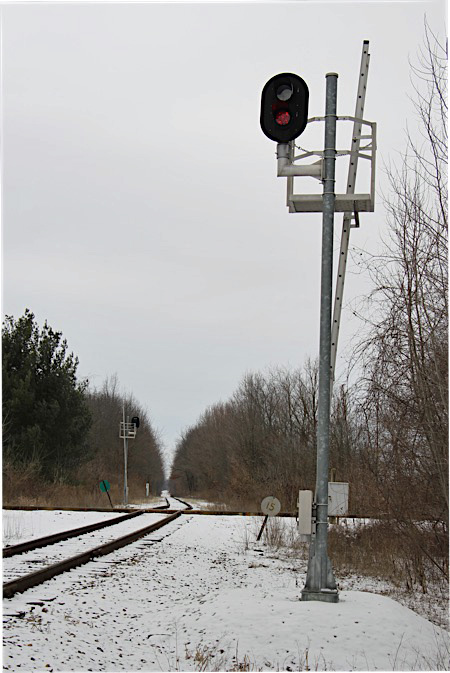
RWH

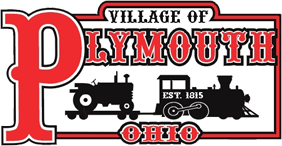 The Village of Plymouth is one of the oldest communities in the area. The area was surveyed in 1807 but it wasn't until 1815 that the first settler Abraham Trucks arrived. The community, which was first called Paris, grew because it was along a military road. It wasn't until 1818 that the community had enough settlers to organize a township.
The name was changed from Paris to Plymouth because there were several other communities in Ohio called Paris. The name officially changed in 1838 and has been Plymouth since.
The Village of Plymouth is one of the oldest communities in the area. The area was surveyed in 1807 but it wasn't until 1815 that the first settler Abraham Trucks arrived. The community, which was first called Paris, grew because it was along a military road. It wasn't until 1818 that the community had enough settlers to organize a township.
The name was changed from Paris to Plymouth because there were several other communities in Ohio called Paris. The name officially changed in 1838 and has been Plymouth since.
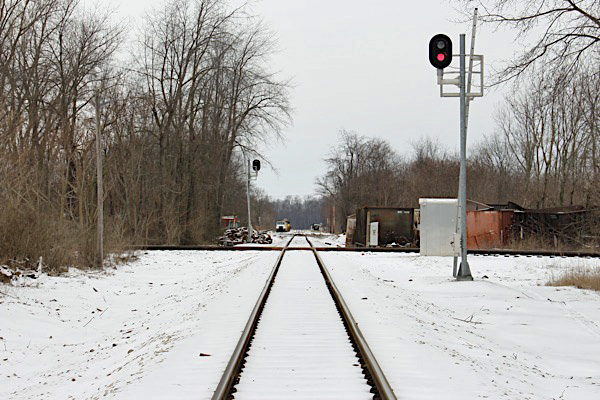
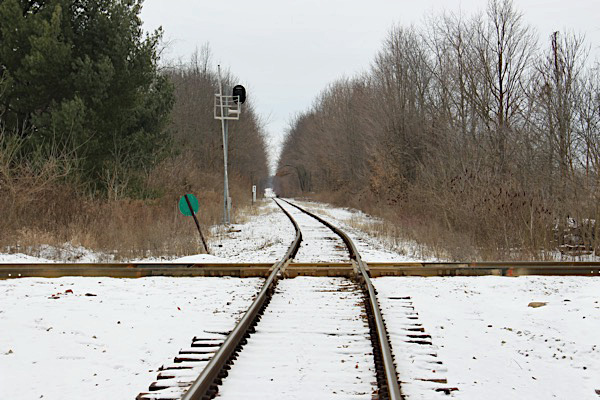
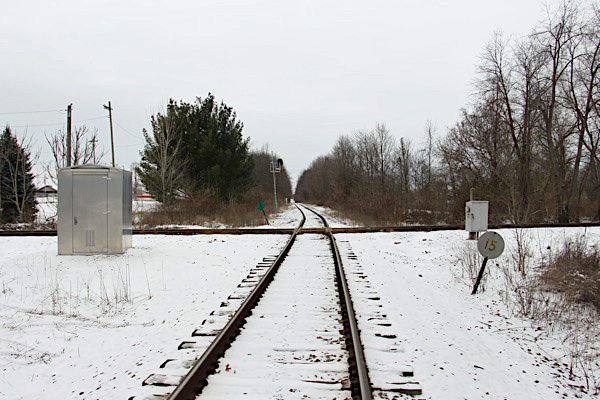
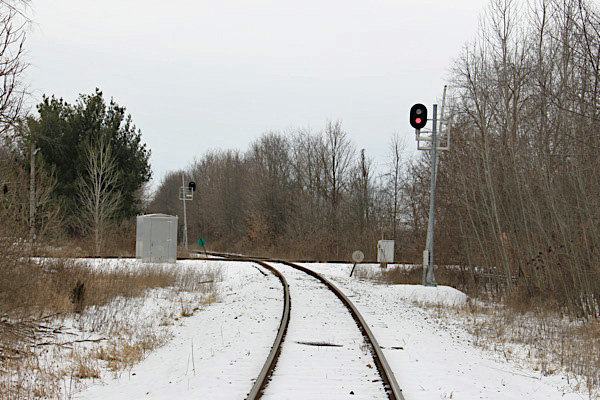
Wheeling & Lake Erie diamond / Plymouth, Oh / Feb 2016 / RWH
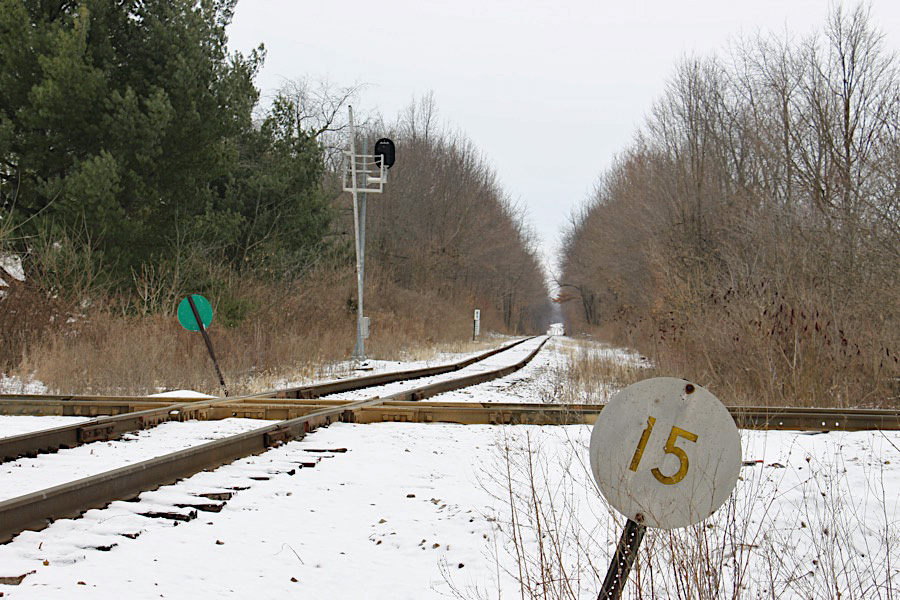
Plymouth, Oh / Feb 2016 / RWH
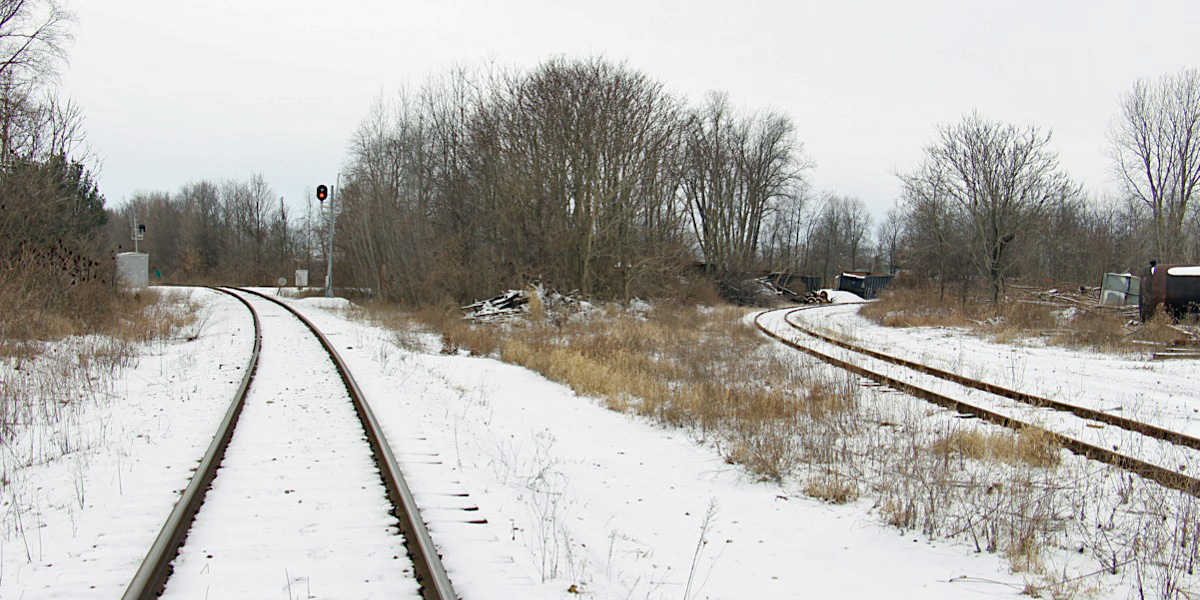
WLE interchange track / Plymouth, Oh / Feb 2016 / RWH
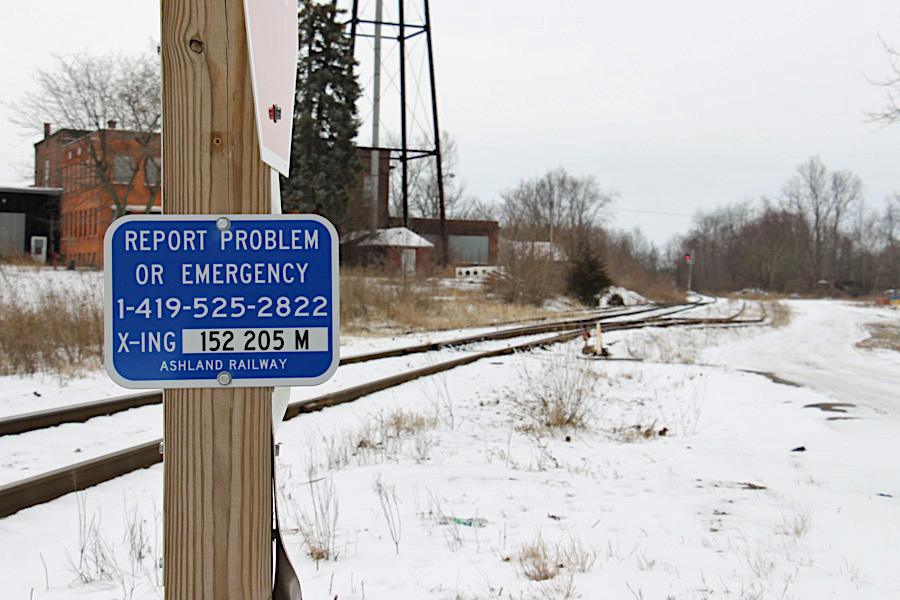
ASRY southbound / Plymouth, Oh / Feb 2016 / RWH
 Plymouth Locomotive Works
Plymouth Locomotive Works

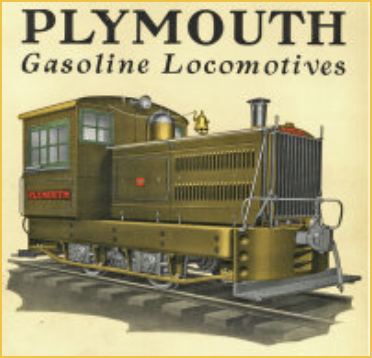 Plymouth Locomotive was founded on the clay and brick industry. The company manufactured clay processing equipment for the brick industry. Many of the heavy mechanical gear box designs on the locomotives were based off similar concepts utilized in the clay machinery. J.D. Fate had the patent on the original variable speed friction clutch design. Many early manufactures of locomotives copied this design.
Plymouth Locomotive was founded on the clay and brick industry. The company manufactured clay processing equipment for the brick industry. Many of the heavy mechanical gear box designs on the locomotives were based off similar concepts utilized in the clay machinery. J.D. Fate had the patent on the original variable speed friction clutch design. Many early manufactures of locomotives copied this design.
The Plymouth Locomotive is one of the best known simple heavy-duty design Industrial Locomotives ever made. The later design incorporated the use of a hydraulic torque converter system. They were sold all over the world utilized in a wide variety of applications such as: Lumber companies ~ clay pits ~ brick yards ~ grain elevators ~ quarries ~ steel mills ~ manufacturing plants ~ plantations ~ refineries ~ all types of mines and even lettuce farms.
Plymouth Locomotive specialized in manufacturing the critter locomotives in 25 ton and smaller but that didn't stop the engineers for designing larger locomotives. Eventually diesel electric, hydrostatic and gas electrics were built to handle all industries. There were just over 7500 locomotives manufactured from 1914-1999.
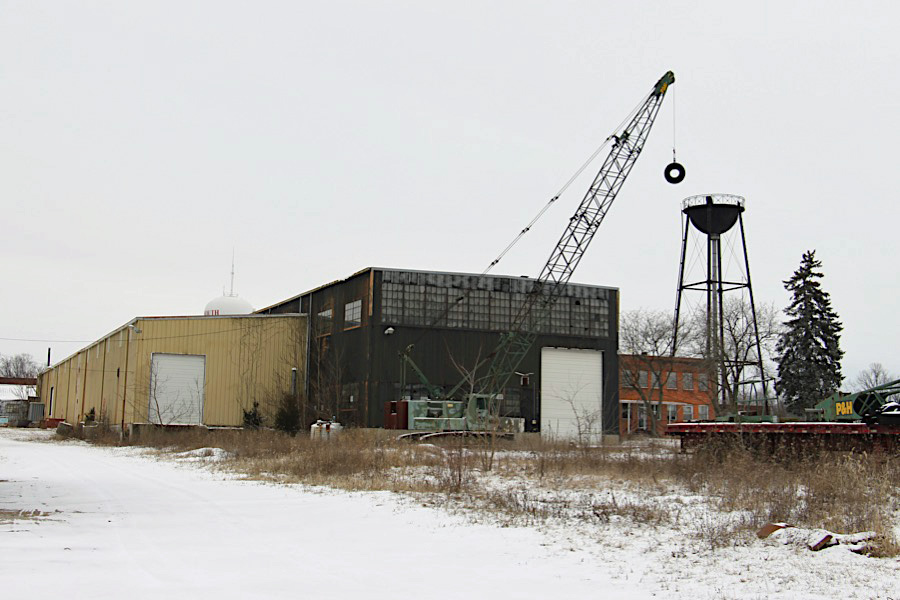
Plymouth, Oh / Feb 2016 / RWH
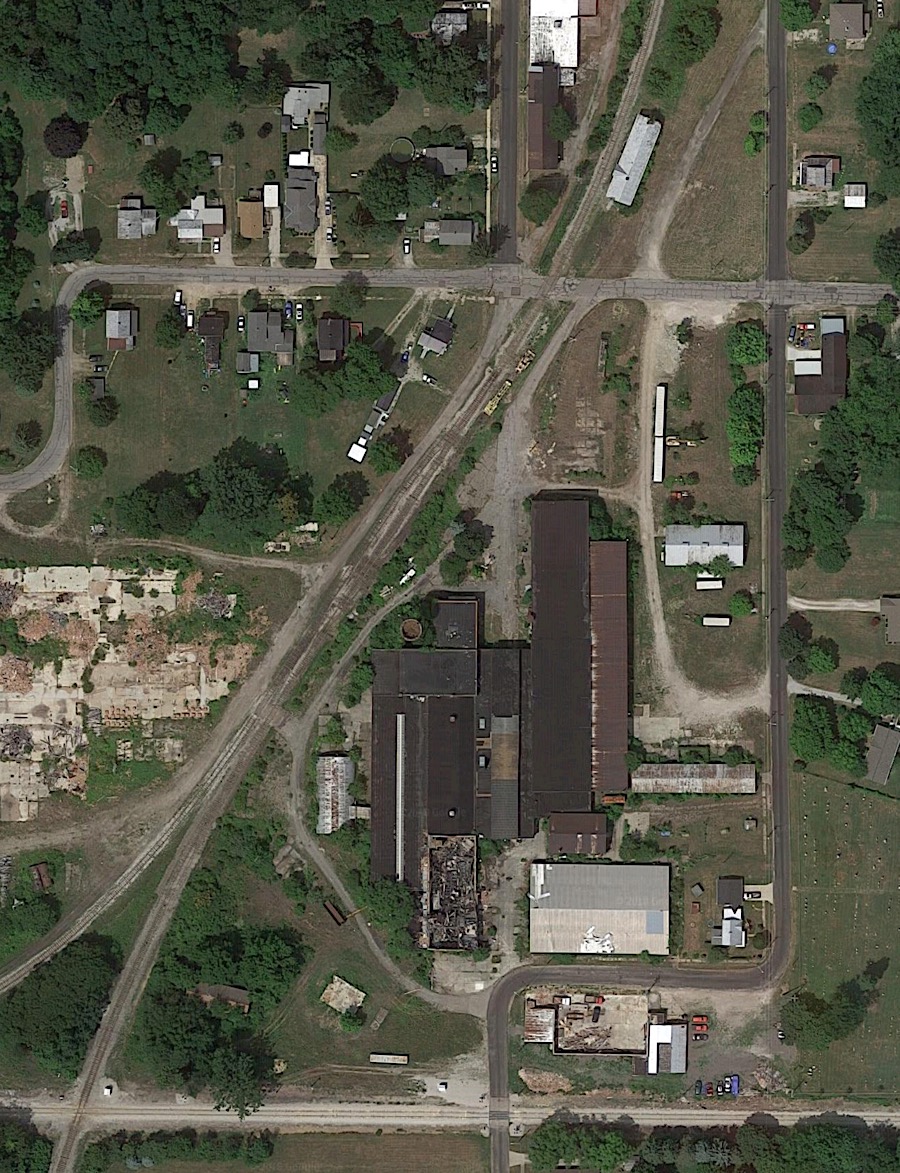
Google Maps
collection
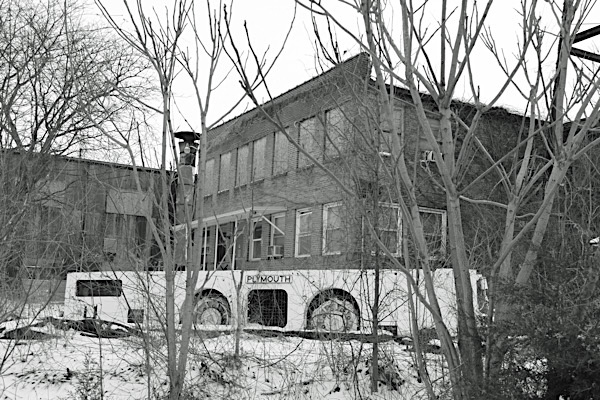
Plymouth, Oh / Feb 2016 / RWH
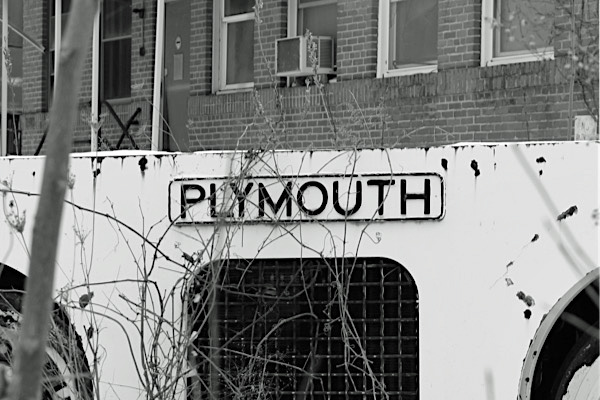
RWH

Click to see the Plymouth Locomotive plant area plotted on a Google Maps page
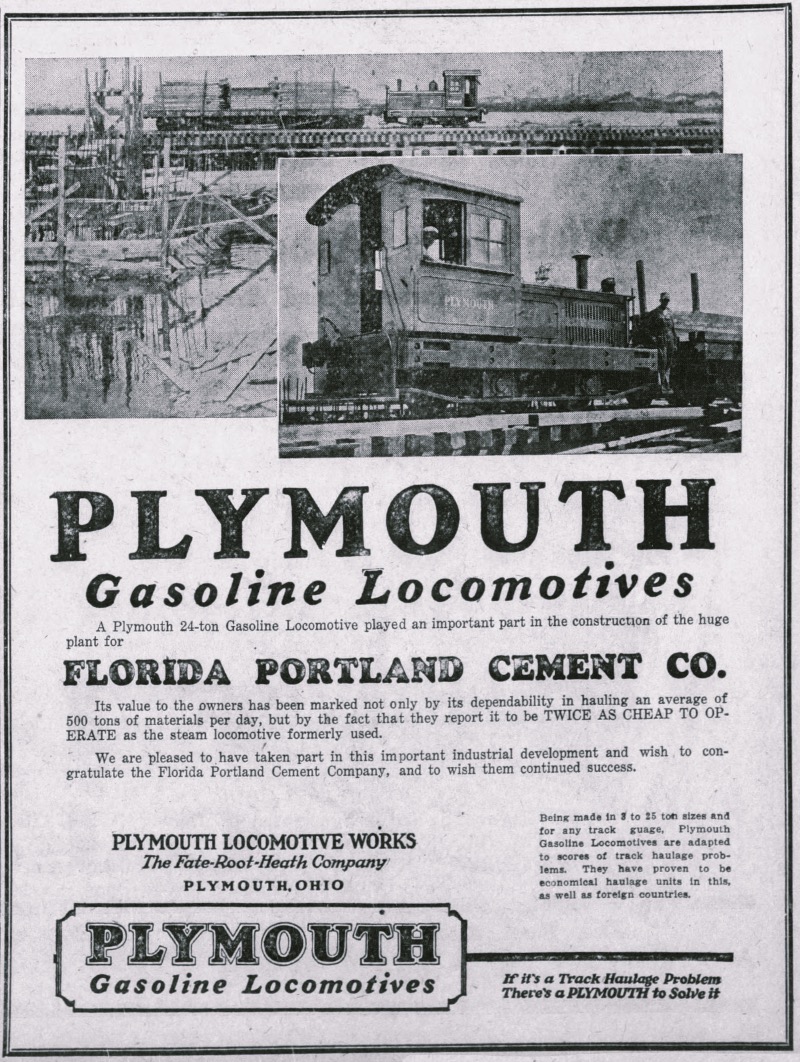
collection
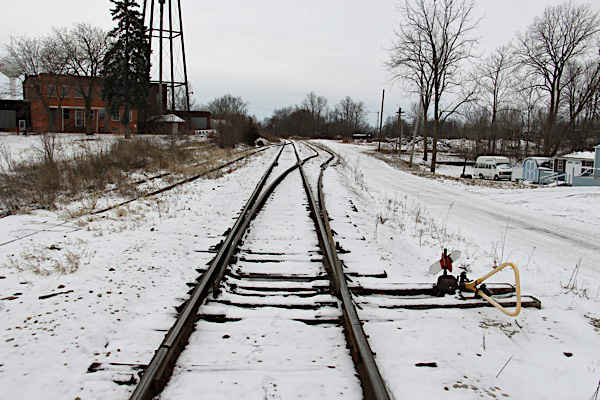
Plymouth, Oh / Feb 2016 / RWH
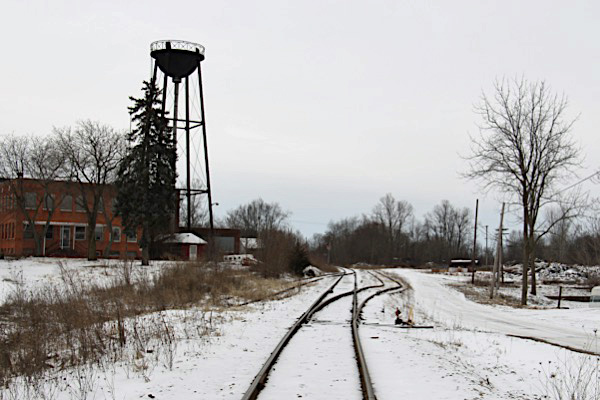
Plymouth, Oh / Feb 2016 / RWH
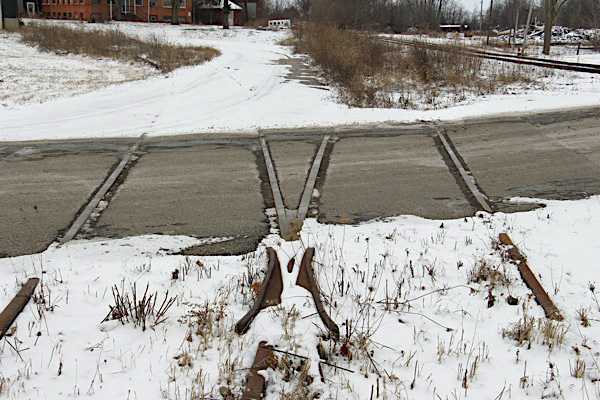
idled siding leads / Plymouth, Oh / Feb 2016 / RWH
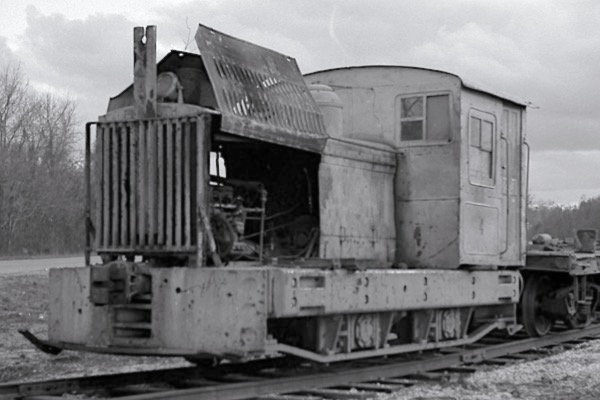
Martin Brothers Sawmill #4
2 axle Plymouth / Pass Manchac, La / Dec 1960 / JCH
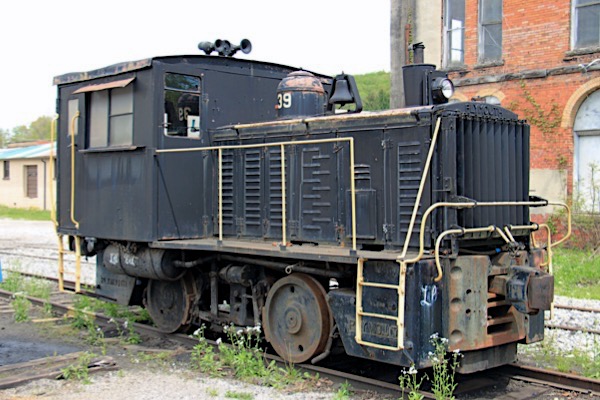
West Virginia Central #39
2 axle Plymouth / Belington WV / May 2016 / RWH
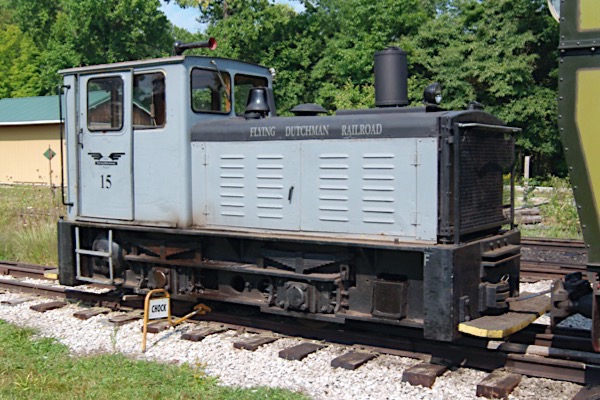
Hesston #15
2 axle Plymouth / LaPorte, In / Sep 2009 / RWH

During the late 1950's the railroad division of the company became known as Plymouth Locomotive Works. It was ideally situated for this market with its plant based near both the Baltimore & Ohio and Akron, Canton & Youngstown). Its locomotive catalog was fascinatingly diverse with various types produced for either mining operations, carrying mechanical transmissions, or utilizing hydraulic transmissions. As the years passed, they became ever-larger; the heaviest type ever-offered was the CR-8XT model, which could be ordered up to 120 tons. In the 1970's another name change occurred as Plymouth Industries and in 1997 it was purchased by Ohio Locomotive Crane. In 1999 the plant was closed and production moved to Bucyrus, Ohio. Shortly thereafter all operations ceased. Today, one can still find hundreds of Plymouth locomotives at work in either industrial settings or pulling excursion trains.
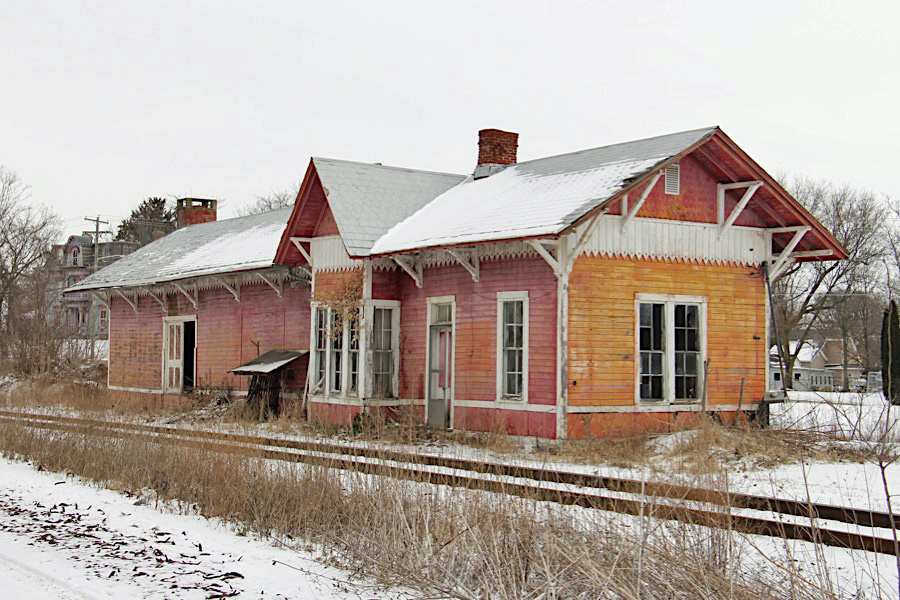
Plymouth, Oh / Feb 2016 / RWH
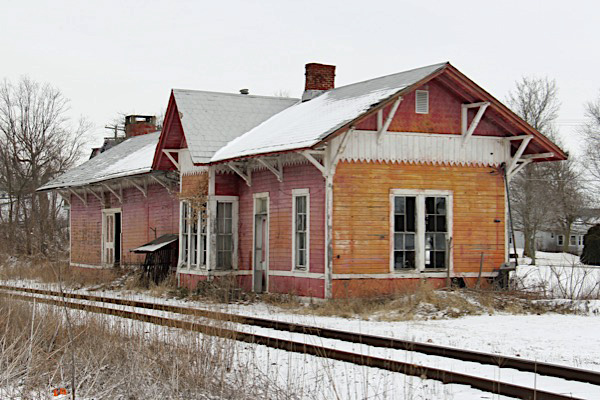
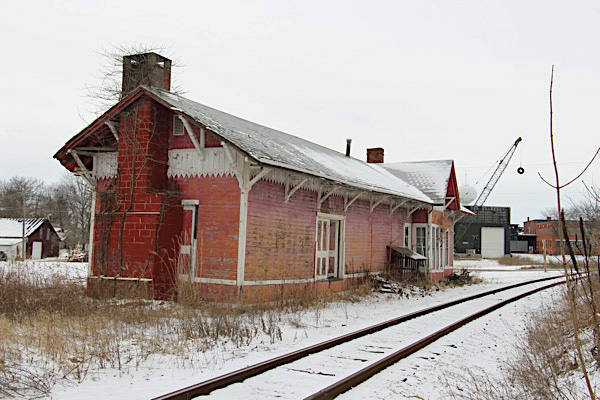
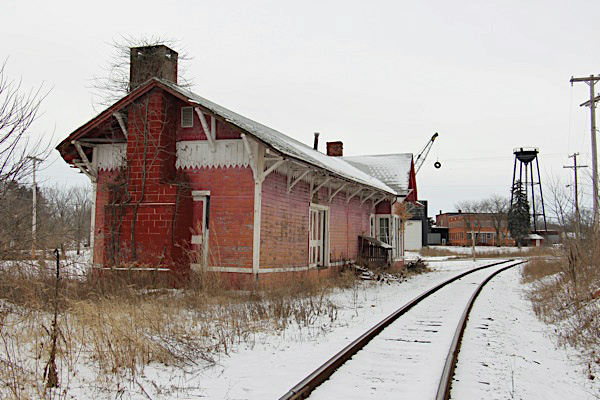
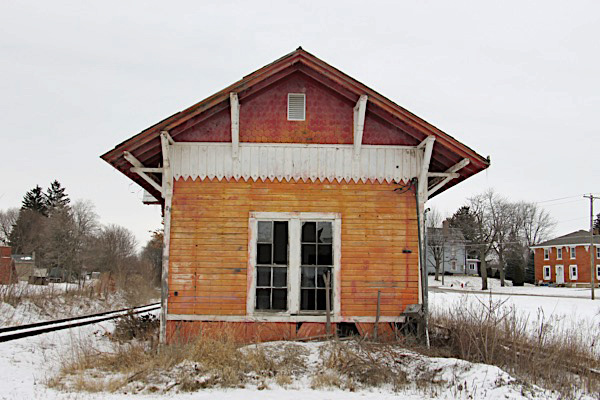
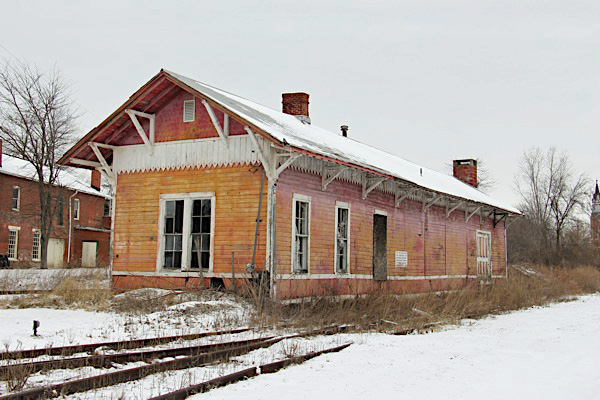
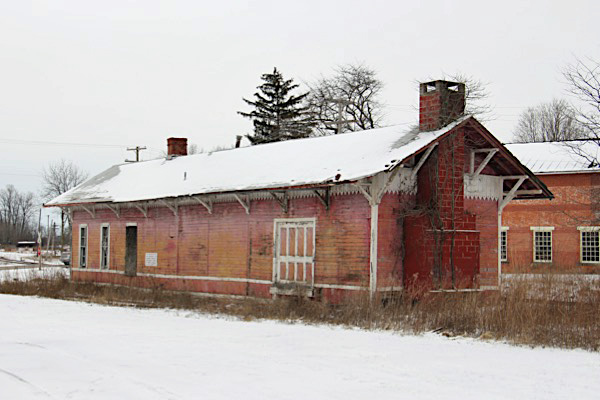
Plymouth, Oh / Feb 2016 / RWH
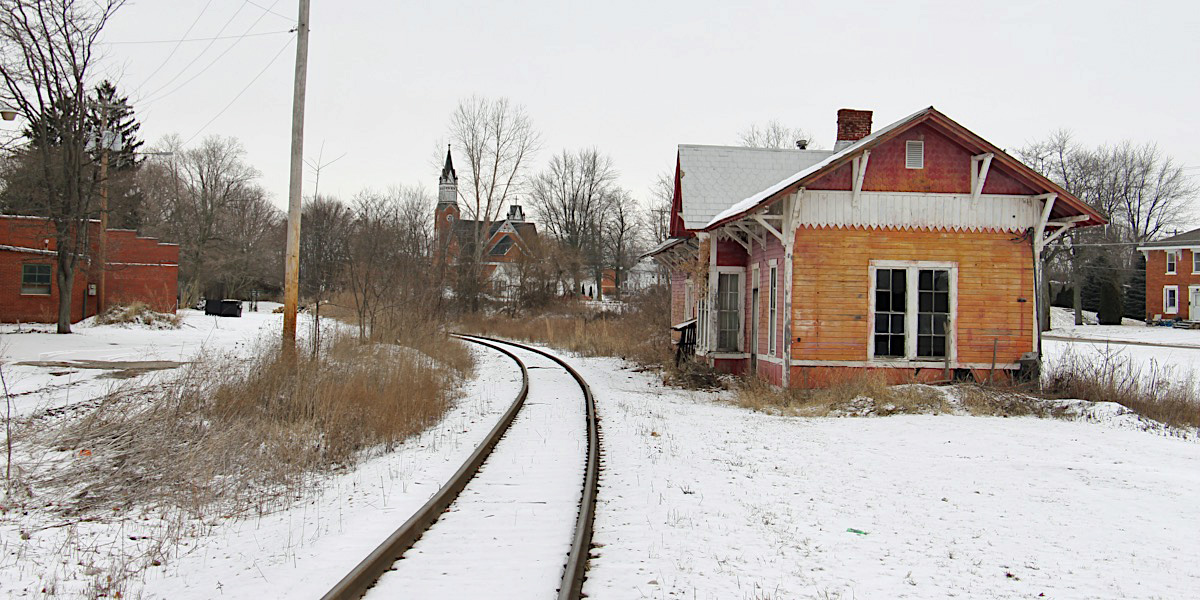
Plymouth, Oh / Feb 2016 / RWH
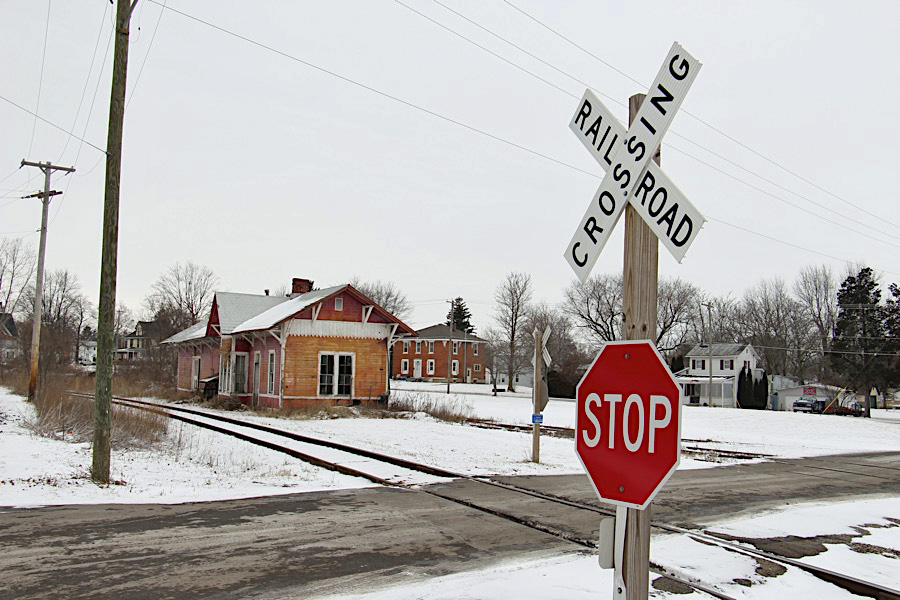
Plymouth, Oh / Feb 2016 / RWH
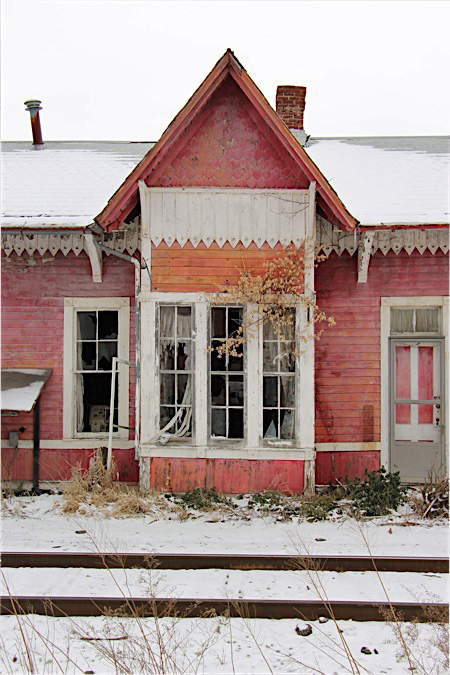
RWH
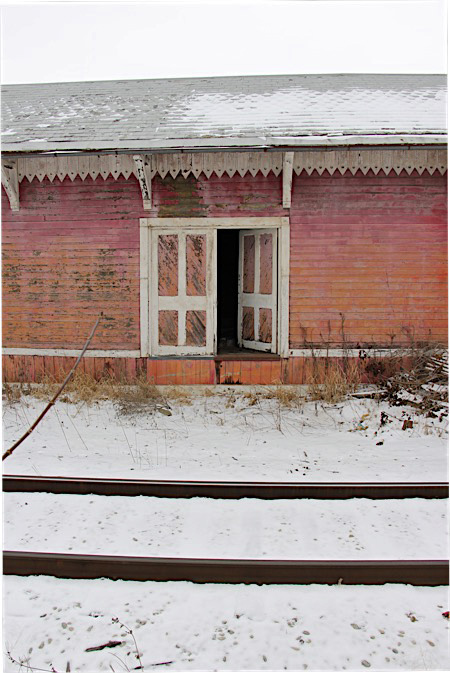
RWH
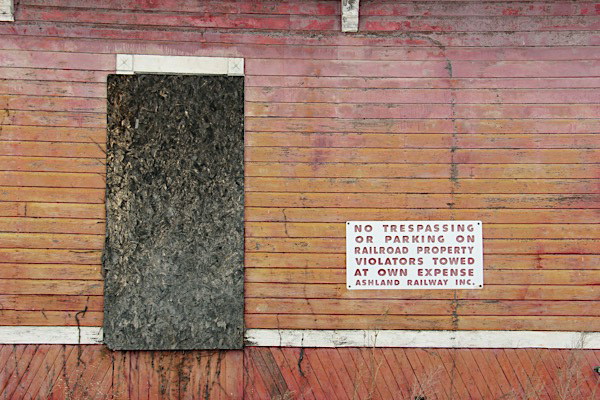
RWH
 Willard
Willard
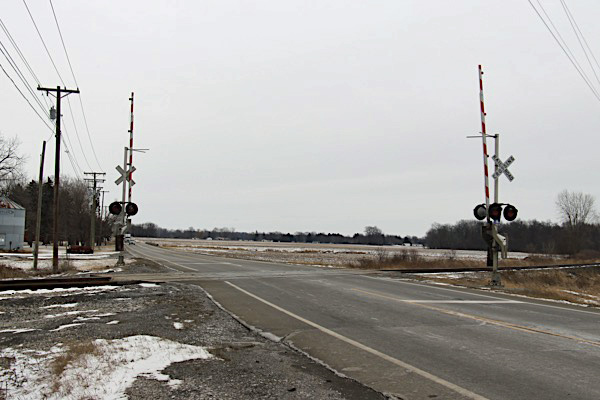
US 224 crossing / Willard, Oh / Feb 2016 / RWH
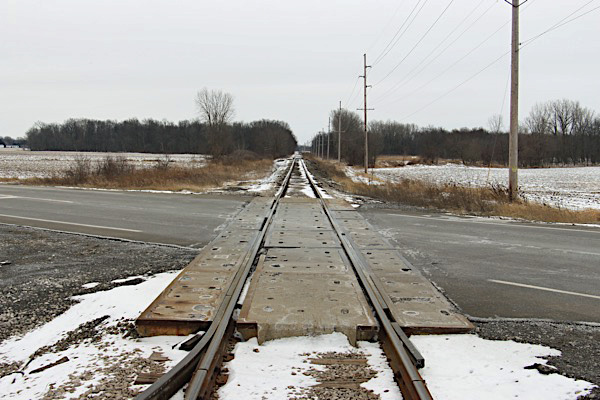
ASRY southbound / Willard, Oh / Feb 2016 / RWH
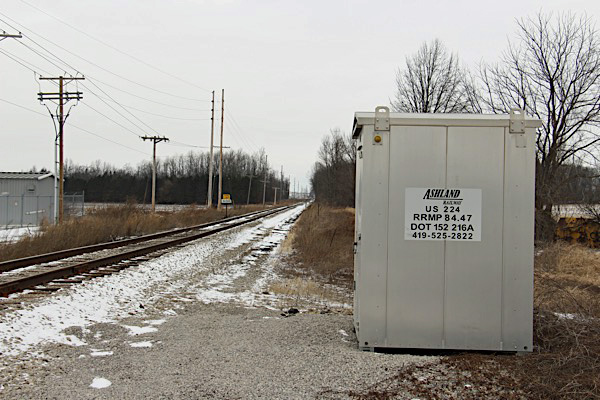
Willard, Oh / Feb 2016 / RWH
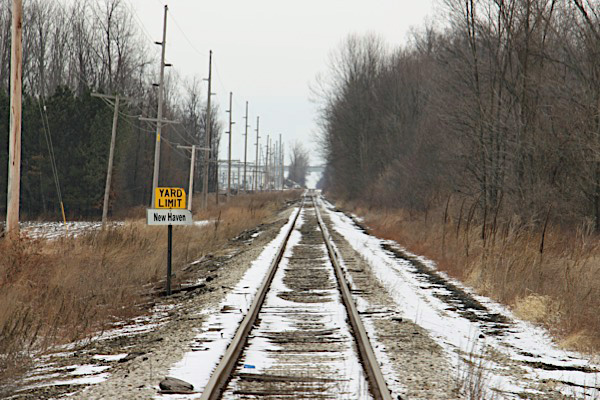
Willard, Oh / Feb 2016 / RWH
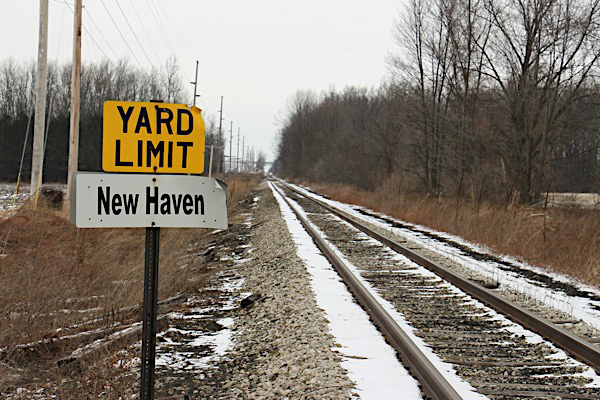
ASRY northbound / Willard, Oh / Feb 2016 / RWH
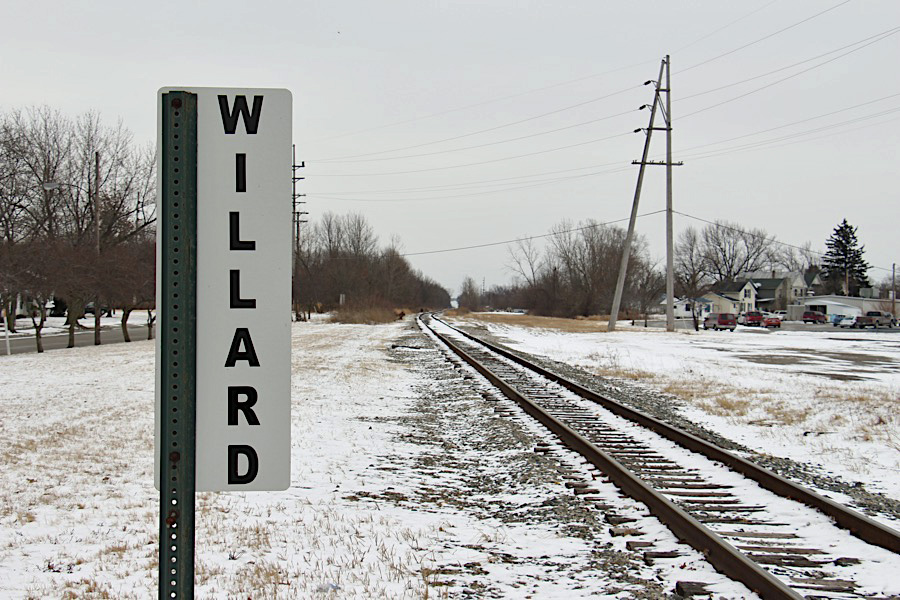
near CSX yard entrance / Willard, Oh / Feb 2016 / RWH

Click to see the CSX yard area and interchange plotted on a Google Maps page
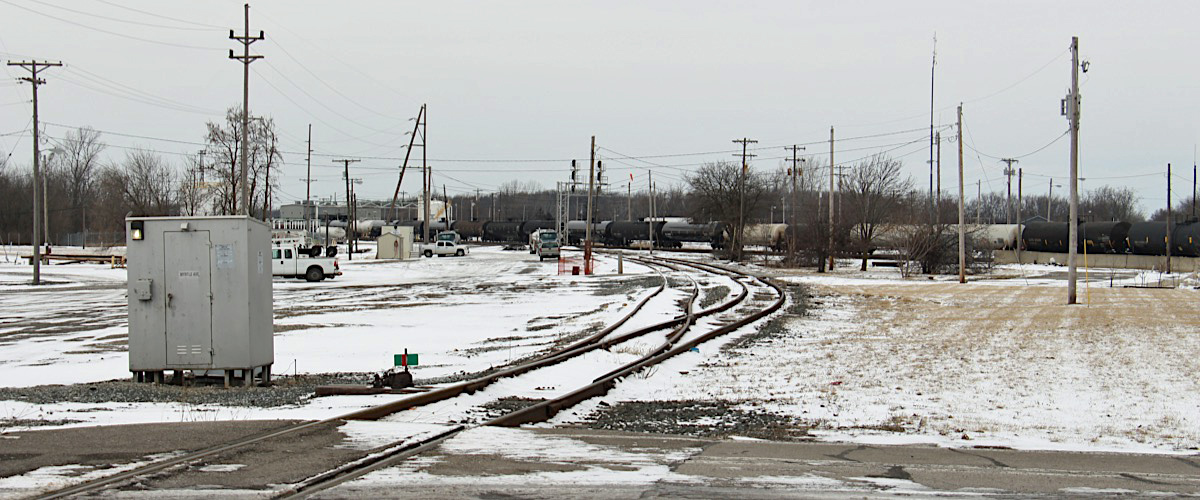
ASRY entrance to CSX yard / Willard, Oh / Feb 2016 / RWH

RWH
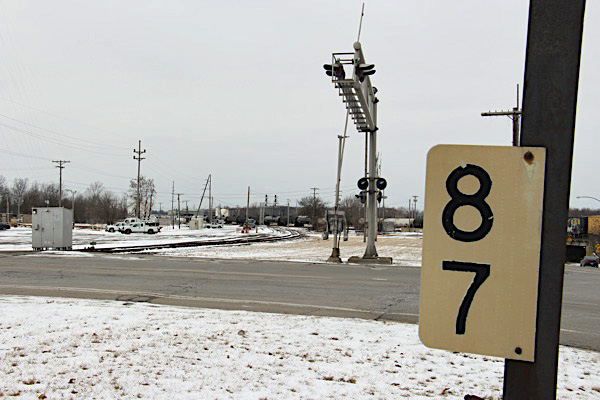
Willard, Oh / Feb 2016 / RWH
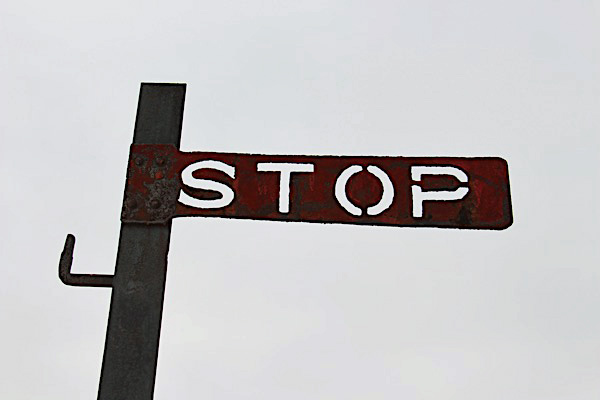
RWH
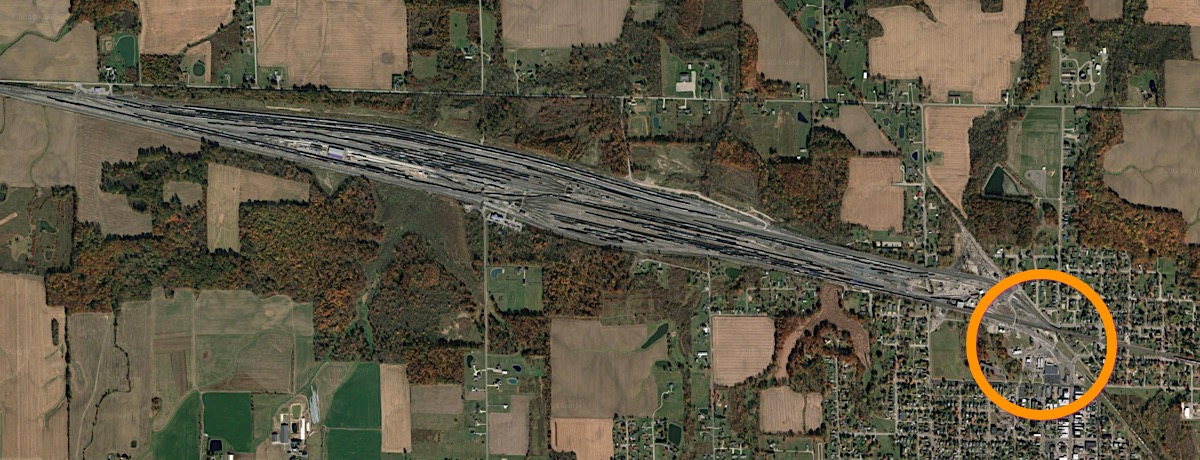
ASRY interchange / Google Maps
